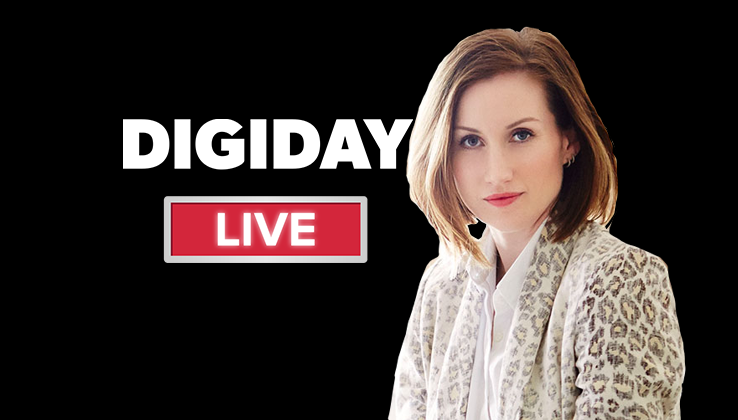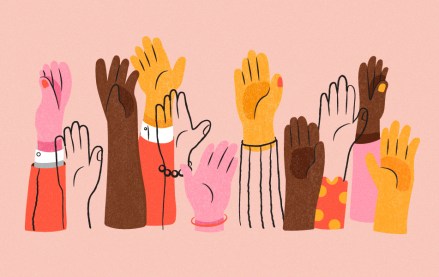
Subscribe: iTunes | Stitcher | RSS | Anchor
Clique combined editorial sites with consumer products. Launched by Katherine Power and Hillary Kerr, the company took off with the idea of making fashion and beauty content shoppable.
“[At the time], all of our competitors were consolidating their traffic under one domain while we were creating very specific verticals,” said Power at a session during the Digiday Publishing Summit. “One of the reasons we did that was because we knew we wanted to go beyond media.”
Fast forward to 2016, and Clique launched their first apparel brand, Who What Wear, with Target.
Power talks about Clique’s initial business plan, how it has evolved, what the value offering for venture capitalists is in its model and more in the session. Edited highlights appear below:
Working with retail affiliates
“Through our content sites, we refer the sales of about 20,000 products per month to about 300 retailers. Almost every retailer now has an affiliate program [with us]. We’ve been monetizing the editorial content since we started. We wanted to make our content shoppable. You get inspired; you should be able to make that transaction.”
Working with real-time data
“We have data [on] what women are searching for around the year on our site and Google; we’re scraping social media accounts to see what trends are popping up or conversations, and all of that gets fed to our design team. As we create the product, we engage the consumer along the way. We would be in a design meeting, and we will show three or four designs on Instagram Stories and ask, ‘Which one do you like best?’ And before we leave the meeting, we have a few thousand responses that tells us which direction to go.”
Bootstrapping media
“We trained ourselves to be very resourceful and scrappy. We raised very little money over the years because we used our profits to fuel our growth. Now, we’ve raised under $30 million [in VC funding]; we had our [Series] C round last year. Our business has evolved over time. Initially, it was a fresh take on fashion and beauty content, and monetization. We did native content back in 2007 before it had that name. I did advertorials. Within our core set of advertisers, we held their hands through the transition to digital advertising. That’s what is attractive to our investors.”
Distinguishing between the media and consumer brands business
“We have our media group, which has six media brands. They are monetized through direct sales, programmatic and live events. And [we have a] consumer brands group, and they’re coming with new original [intellectual property] that has nothing to do with the media business. They are using the media business data and the audience to inform those products. The media revenue is more than the commerce. I expect it to change very soon. We’ll see the consumer brands revenue surpass media. The businesses use each other on a few touchpoints, [including] leveraging the media IP to build brands, the insights and data we’re getting from the audience, our retail relationships, and the platforms to market the product.”
More in Media

BuzzFeed’s sale of First We Feast seen as a ‘good sign’ for the M&A media market
Investor analysts are describing BuzzFeed’s sale of First We Feast for $82.5 million as a good sign for the media M&A market — which itself is an indication of how ugly that market had become.

Media Briefing: Efforts to diversify workforces stall for some publishers
A third of the nine publishers that have released workforce demographic reports in the past year haven’t moved the needle on the overall diversity of their companies, according to the annual reports that are tracked by Digiday.

Creators are left wanting more from Spotify’s push to video
The streaming service will have to step up certain features in order to shift people toward video podcasts on its app.








